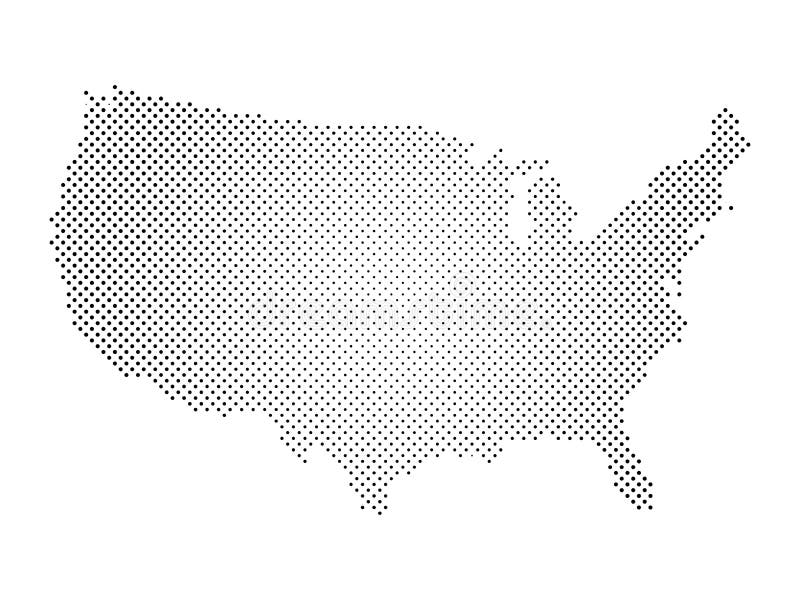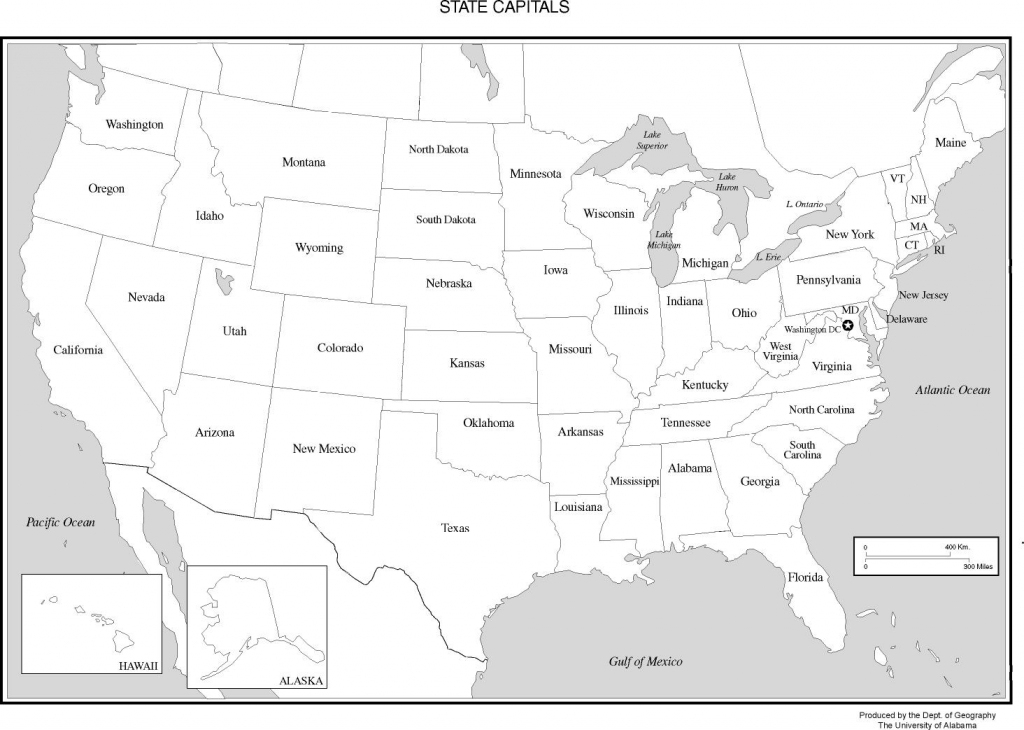
In more complex cases with many inputs there can be a lot of these. Up to this point we have explicitly shown the “do nothing” transitions where the particular combination of state and trigger does not require a state transition or transition action. * the button value and then execute the state machine * Executed every time the button is polled - first read * Create a variable to hold state and initialize */ * commented /// can be deleted if desired. * Includes "do-nothing" transitions for completeness. * events fromm button position (open = 0 or closed = 1) when polled. * A simple state machine to extract button press and release
#Simple states code#
The code snippet in Listing 1 shows how this simple state machine might be implemented in C. I find making a state transition table a useful step in getting from state diagram to code.


We can also describe a state machine via a state table ( Figure 2) which sets out the same information in a tabular form. Similarly, when we are in the PRESSED state, if we find the button closed, we do nothing, but if we find it open, we transition to the RELEASED state and signal that the button has been released. If we find the button is closed, we switch to the PRESSED state and execute the transition action to signal the button has been pressed. In this case, when we poll the button, and find it open, we do nothing and remain in the current state. Initially the button will be in the RELEASED state. The transition with the black dot is the initial transition which defines the state in which the machine will start. The state transitions are indicated by the arrows, and the transition trigger, followed by the transition action (if any) are written next to the transitions. The state name is at the top, and entry and exit actions listed below (there are none in our example). In this case we set up two states, PRESSED and RELEASED, illustrated by the rectangles.

The initial transition (the arrow with the black dot) indicates which state the machine will be on at start-up. The label names the trigger that causes the transition, followed optionally by the transition action. Optional entry and exit actions are shown inside the box – there are none in this case. We are interested in capturing the event that the button is pressed or released for some hypothetical user interface.įIGURE 1. In this example we have a pushbutton that our firmware polls periodically to determine if the button is open or closed. There are many conventions for drawing state diagrams, and I have shown the one I use to illustrate a simple example in Figure 1. One way to visualise this is through a state diagram. We are going to ignore guard conditions and entry or exit actions for this exercise.Ī state machine can be fully defined by its list of states, the transitions between those states and an initial state. Each state can also have an optional entry action or exit action which are executed on entering or exiting the state respectively. State transitions can have guard conditions must be satisfied before the transition occurs, even if the trigger is present.

This state transition can also be associated with some action that is executed whenever it occurs. It transitions from one state to another based on some combination of inputs known as a trigger. A state machine – more properly called a finite state machine-is an abstract machine that can be in just one of a finite number of states at any one time. They provide a simple method for describing and coding relatively complex behavior. State machines are a critical building block for anyone writing firmware.


 0 kommentar(er)
0 kommentar(er)
